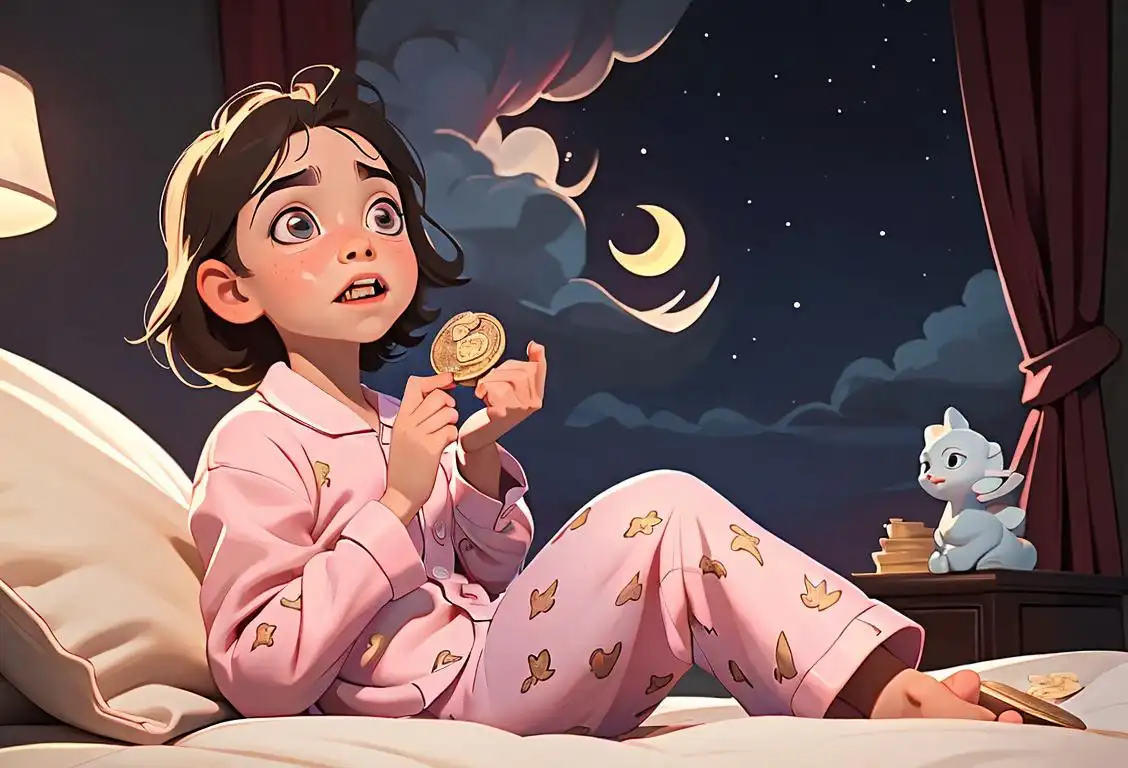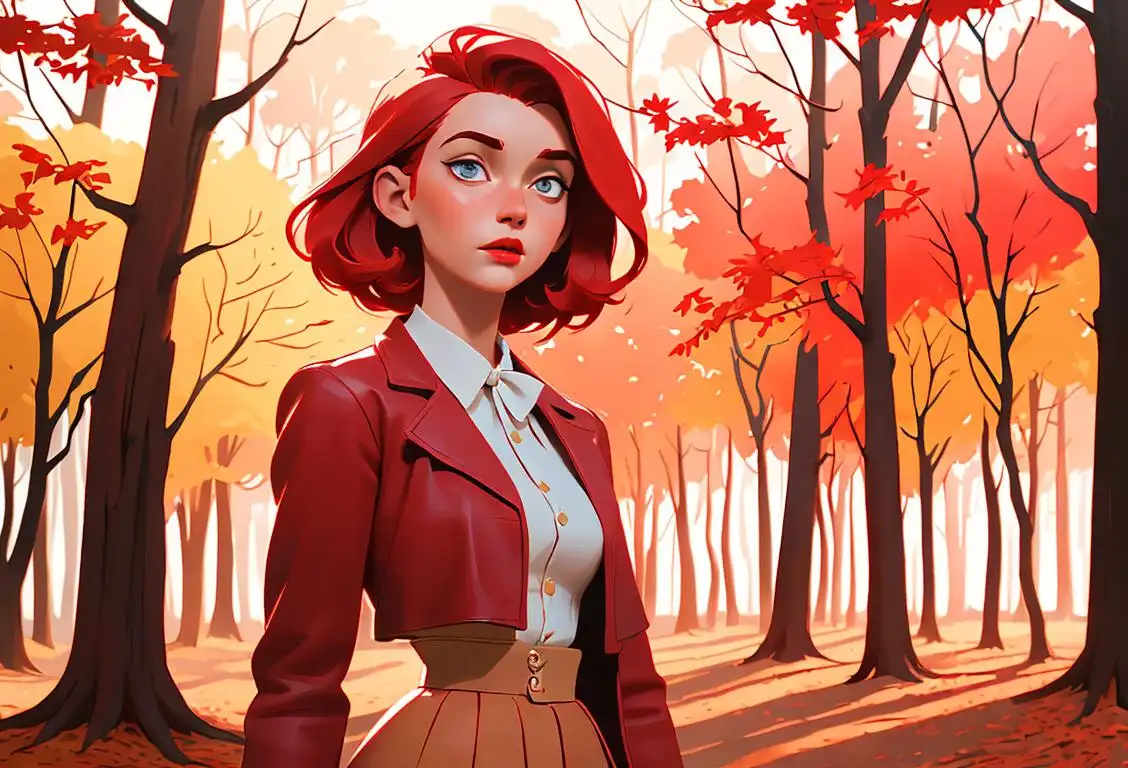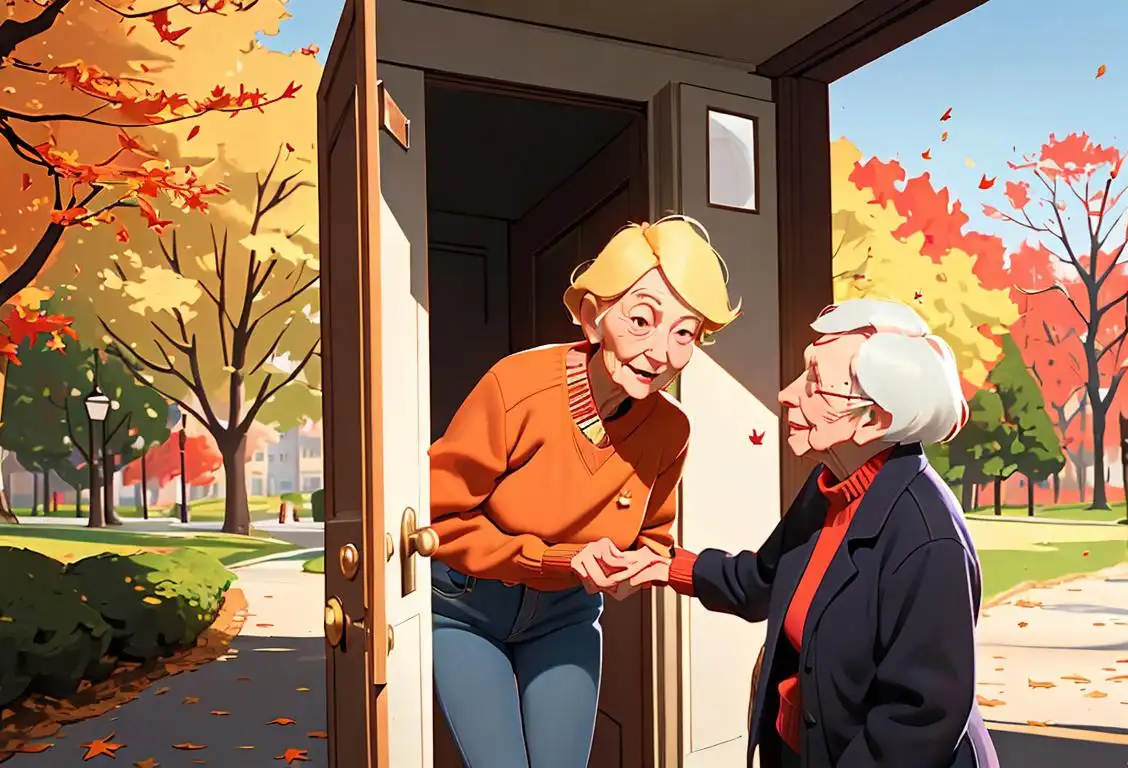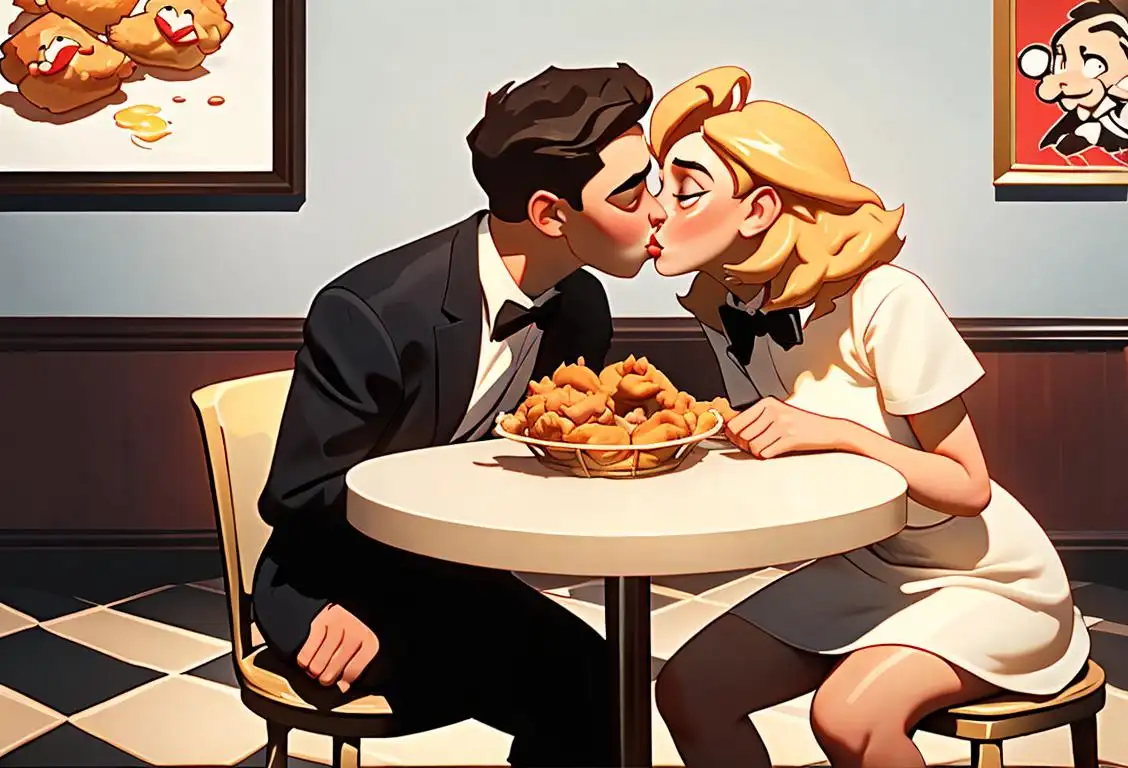National Toothfairy Day

Welcome to National Tooth Fairy Day! Prepare to enter a world of whimsy and wonder as we celebrate everyone's favorite mystical tooth collector. Whether you're reminiscing about the coins you found under your pillow or marveling at the fascinating online discussions on this magical day, there's something for everyone to sink their teeth into. So, gather 'round and let's dive into the enchanted origins and delightful traditions of National Tooth Fairy Day!
When is Toothfairy Day?
It's national toothfairy day on the 22nd August.
The Origins of the Tooth Fairy
The Tooth Fairy has been capturing the imaginations of children and adults alike for ages. Although the precise origins of this enchanting creature are shrouded in mystery, her folklore has been passed down through generations.
Some believe that the concept of the Tooth Fairy dates back centuries to early Norse and European traditions. During those times, it was believed that when children lost their baby teeth, they should bury them to avoid any evil spells or misfortune. As the legend grew, it evolved to include the idea that a magical being, such as the Tooth Fairy, would collect these discarded teeth and leave a small reward behind.
Celebrating National Tooth Fairy Day
On National Tooth Fairy Day, we honor this beloved figure by embracing the whimsy and magic she represents. It's the perfect opportunity to share tooth fairy stories with loved ones, indulge in delicious foods that mimic teeth (think marshmallows swimming in jelly), and even engage in some fun sports that involve tooth-shaped balls!
For those who like to remember the Tooth Fairy's visits in a more tangible way, it's a great time to create keepsakes like tooth fairy pouches or boxes. These precious mementos not only preserve the memories but also provide a safe spot for those tiny teeth until the fairy decides to whisk them away.
The Evolution in the Digital Age
In our technology-driven era, the Tooth Fairy has effortlessly transitioned into the digital realm. Online forums and social media platforms buzz with discussions about tooth fairy encounters, creative tooth fairy ideas, and even debates about appropriate tooth fairy compensation. It's fascinating to witness the range of experiences and discover tips and tricks from fellow tooth fairy believers.
Social media influencers have also embraced the magic of the Tooth Fairy, inspiring creative and elaborate tooth fairy tales. From intricately staged tooth fairy scenes to whimsical tooth fairy art, these online gurus have truly transformed the way we perceive and celebrate National Tooth Fairy Day.
Did You Know?
The average tooth fairy payout in the United States has gradually increased over the years. In 2019, the Tooth Fairy compensated children with an average of $4.03 per tooth. Talk about inflation in the mystical realm! So next time your little one loses a tooth, don't forget to suggest they write a thank-you note to the generous Tooth Fairy.
History behind the term 'Toothfairy'
1927
The First Mention
In 1927, the term 'toothfairy' was first introduced in a children's play by Esther Watkins Arnold titled 'The Tooth Fairy.' This play was about a little fairy who visits children after they have lost a tooth and leaves a small gift or money in exchange for the tooth. The idea of the tooth fairy quickly captured the imagination of children and became popular in folklore.
1949
Rise in Popularity
The tooth fairy concept gained widespread popularity in 1949 when the Fairyland Cyclopedia was published. It included an entry on the tooth fairy which described her as a magical creature who traded coins for children's lost teeth. This publication further fueled the fascination with the tooth fairy and solidified her place in popular culture.
1950s
Traditions Take Shape
During the 1950s, various traditions and customs surrounding the tooth fairy began to take shape. Children started placing their lost teeth under their pillows at night, and in exchange, the tooth fairy would leave a small monetary reward. This tradition became a way to celebrate the natural milestone of losing baby teeth and added a touch of magic to childhood experiences.
1970s
Commercialization
In the 1970s, the tooth fairy became increasingly commercialized. Books, cartoons, and toys featuring the tooth fairy became prevalent. Companies started manufacturing special pillows and boxes designed specifically to hold children's lost teeth for the tooth fairy's visit. The tooth fairy became an iconic figure in popular culture, representing childhood innocence and the transition from baby teeth to permanent teeth.
Present Day
Continued Belief
Today, the tooth fairy remains a beloved figure in many cultures worldwide. Children continue to eagerly anticipate her visit, leaving their lost teeth in exchange for a small reward. The tooth fairy tradition serves as a way for parents to engage with their children's growth and provide comfort during a sometimes uncomfortable milestone. The tooth fairy's enduring presence in popular culture is a testament to the power of imagination and the magic of childhood.
Did you know?
The average tooth fairy payout in the United States has gradually increased over the years. In 2019, the Tooth Fairy compensated children with an average of $4.03 per tooth. Talk about inflation in the mystical realm! So next time your little one loses a tooth, don't forget to suggest they write a thank-you note to the generous Tooth Fairy.Tagged
romance fun loved onesFirst identified
22nd August 2018Most mentioned on
22nd August 2018Total mentions
8Other days
Love Your Red Hair Day
Do Something Nice Day
Suicide Prevention Month Day
Kissing Fried Chicken Day
Kiss A Ginger Day
Iloveyou Day
Compliment Day
Happiness Day
Tv On The Same Day
Boyf Day









